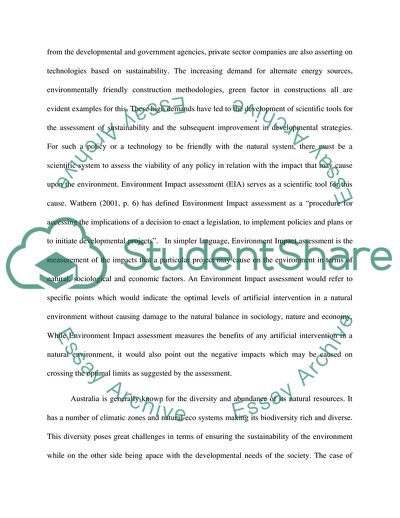Cite this document
(Changes to Project Assessment Approaches Proposed as Part of Australia Term Paper, n.d.)
Changes to Project Assessment Approaches Proposed as Part of Australia Term Paper. Retrieved from https://studentshare.org/environmental-studies/1727989-environmental-impact-assessment
Changes to Project Assessment Approaches Proposed as Part of Australia Term Paper. Retrieved from https://studentshare.org/environmental-studies/1727989-environmental-impact-assessment
(Changes to Project Assessment Approaches Proposed As Part of Australia Term Paper)
Changes to Project Assessment Approaches Proposed As Part of Australia Term Paper. https://studentshare.org/environmental-studies/1727989-environmental-impact-assessment.
Changes to Project Assessment Approaches Proposed As Part of Australia Term Paper. https://studentshare.org/environmental-studies/1727989-environmental-impact-assessment.
“Changes to Project Assessment Approaches Proposed As Part of Australia Term Paper”. https://studentshare.org/environmental-studies/1727989-environmental-impact-assessment.


